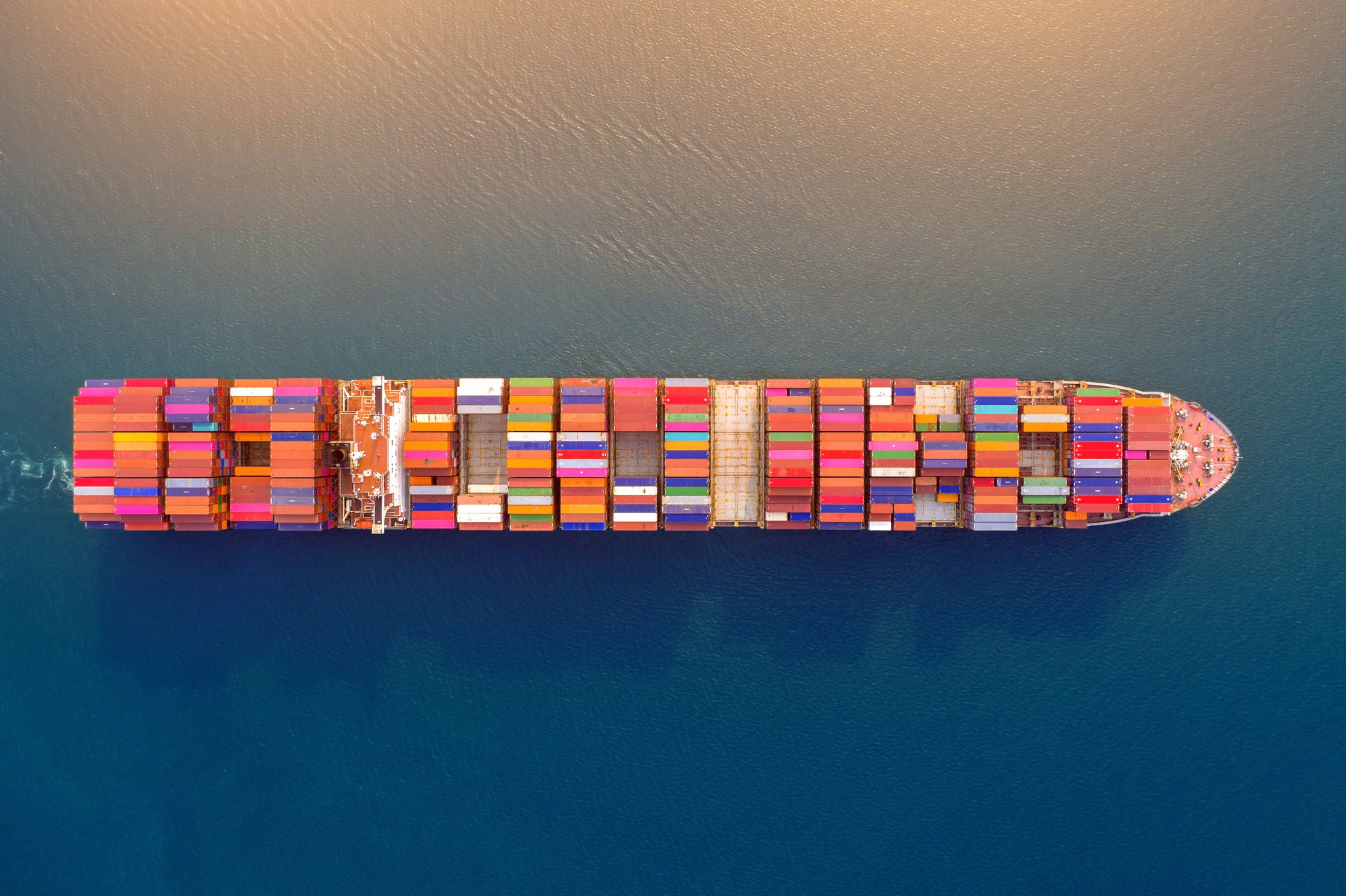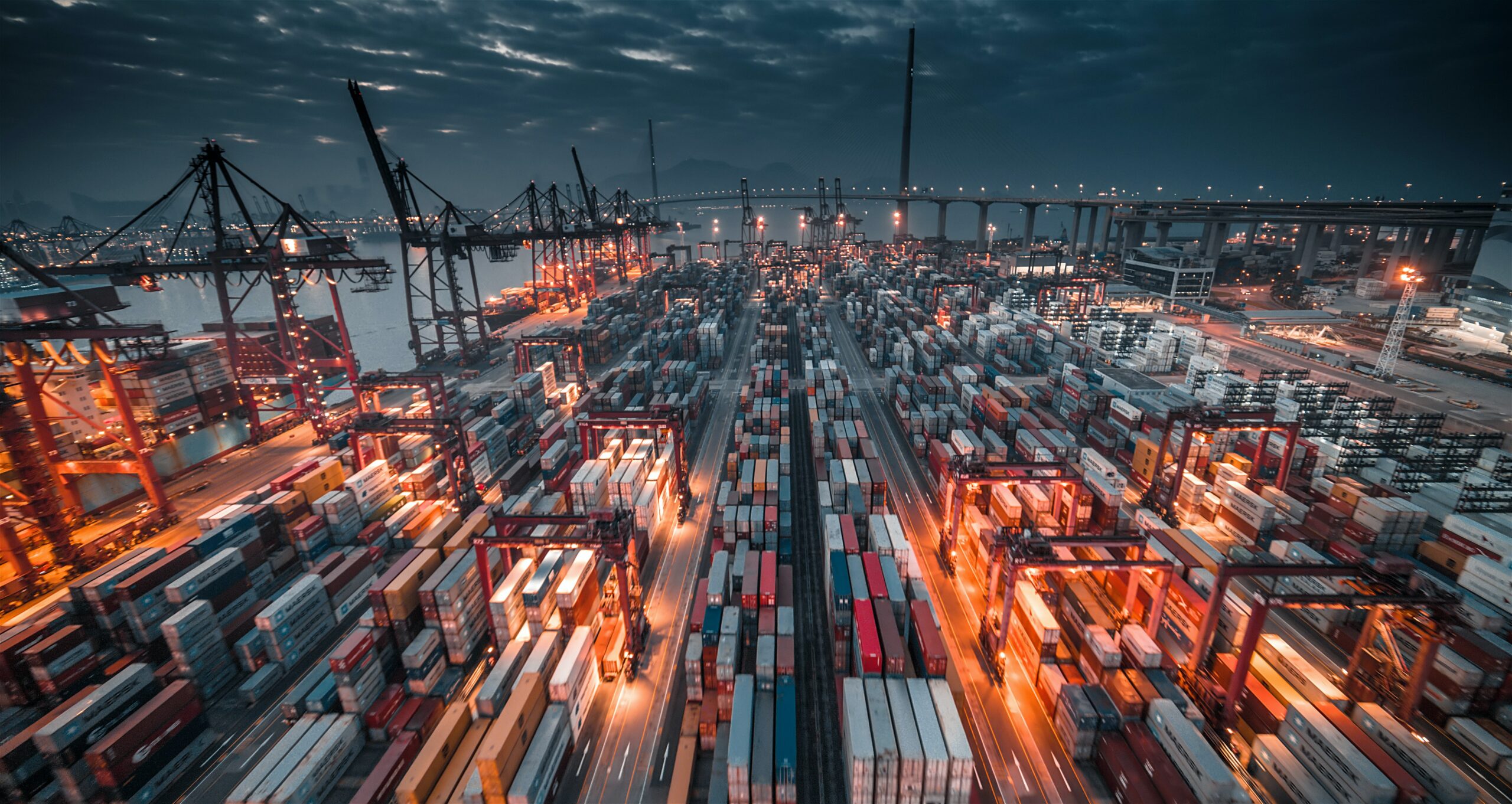
Recycling software helps the waste sector manage its logistics, processing, trading and back-office activities – with the aim of recycling waste into new products.
The recycling trade uses a variety of recycling software products depending on which materials they are trading and what role they play in the waste supply chain. It’s a fragmented picture technologically speaking, partly because the sector has been slow to embrace digitalisation.
However new legislation and rising compliance requirements such as mandatory digital waste tracking are now driving a move towards greater connectivity and traceability, requiring recycling software with new capabilities.
3 categories of recycling software
Recycling software falls into three broad categories. The first category is focused on logistics and helps firms manage the collection and handling of used materials. For materials like scrap metal, they might also help manage regulatory compliance and reporting.
The second category helps to manage the sorting, cleaning and processing of waste such as paper and plastic packaging. Recycling software in this category often includes hardware such as scanners. This phase of the recycling process results in graded secondary raw materials such as baled waste paper OCC that can be sold on as a traded commodity.
The third recycling software category helps traders buy, sell and export secondary raw materials for reprocessing overseas, enabling these recovered materials to have a second life within new products such as paper and cardboard packaging.
End-to-end recycling management software
Some larger waste management businesses use recycling software to manage multiple stages of the recycling process. Others develop proprietary recycling software of their own. These recycling technology stacks can include enterprise resource planning (ERP) features such as accountancy and customer relationship management (CRM), for example.
A new generation of commodity trading and risk management solutions (CTRM) are coming on stream, that use live data and third party integrations to enhance trading performance, and reduce human error. However, the majority of small and medium enterprises (SME) working in the resource and waste management sector still rely on Microsoft 365, Excel spreadsheets and photo-laden email threads to manage their back-office – with varying degrees of success.
Legislation enables new recycling software solutions
The UK Electronic Trade Documents Act, which came into force on 20 September 2023, puts digital documents such as electronic bills of lading (eB/L) on the same legal footing as paper originals. Singapore has enacted similar legislation. The United States is also tabling proposals to amend its Uniform Commercial Code (UCC) to enable digital documentation. These reforms are opening the way to recycling software solutions that could significantly improve the traceability and efficiency of recyclables trading worldwide.



